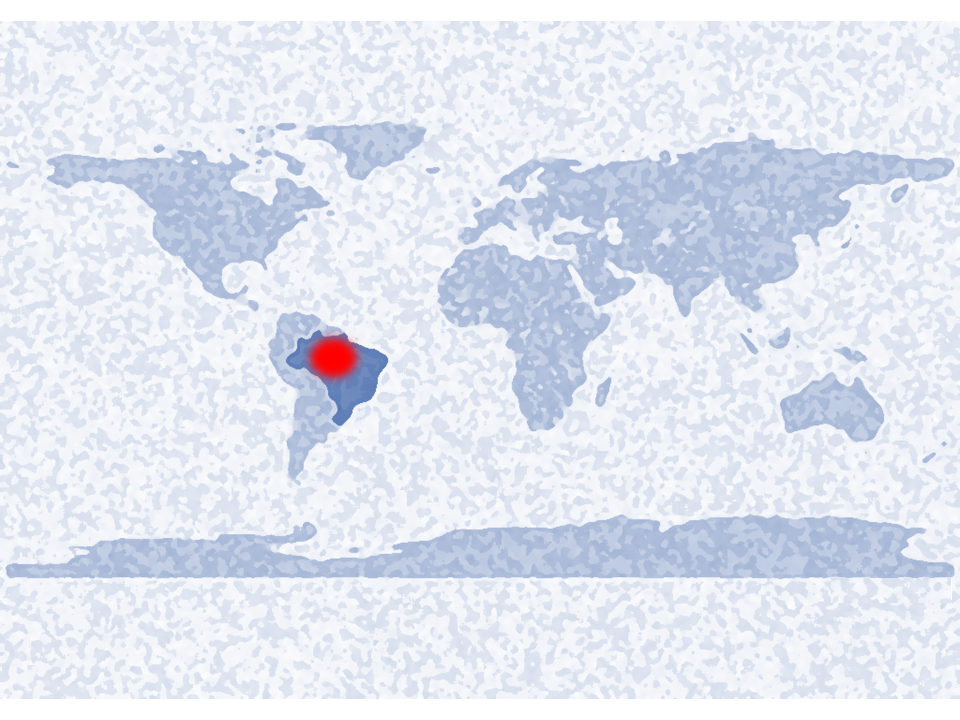Pick Up
945. Climate Change Primary Cause of Drought in Amazon Basin

945. Climate Change Primary Cause of Drought in Amazon Basin
On January 24, World Weather Attribution (WWA), a research organization specializing in the study of the relationship between extreme weather events and climate change, published an analysis claiming that climate change, rather than the El Niño phenomenon, is the predominant factor behind the severe drought affecting Brazil's Amazon Basin.
Since mid-2023, the Amazon Basin has been experiencing an extraordinary period of drought, characterized by significantly reduced rainfall and elevated temperatures compared to historical norms. This region, which is home to the world's largest tropical forest and serves as a critical hub for biodiversity, as well as playing a pivotal role in the global water and carbon cycles, has seen river flows reach their lowest levels in 120 years. This unprecedented situation has isolated an estimated 30 million people in countries such as Brazil, Peru, Colombia, Venezuela, Ecuador and Bolivia, posing a serious threat to the entire ecosystem.
According to WWA's analysis, this drought stands out as an anomaly in the current climate, categorized as a 1-in-100-year event based on the Standardized Precipitation Index (SPI) and a 1-in-50-year event based on the Standardized Precipitation-Evapotranspiration Index (SPEI), which accounts for evapotranspiration. The study concludes that while El Niño contributed to reduced precipitation to a similar extent as climate change, the intensity of the drought was predominantly a consequence of global temperature increases, leading to persistently dry conditions. By comparing real-world observations with climate models to measure the influence of human-induced climate change, the researchers estimated a tenfold increase in the likelihood of climatic droughts and a thirtyfold increase in agricultural droughts.
The research underscores the critical importance of mitigating climate change and implementing adaptation measures. The researchers underscored that the frequency of such extreme droughts is projected to increase unless action is taken to curb fossil fuel burning and deforestation. Specifically, agricultural droughts are expected to become four times more frequent (every 10-15 years) and climatic droughts three times more frequent (every 30 years) if warming exceeds 2°C above pre-industrial levels. The study highlights the urgent need for robust climate change mitigation and adaptation strategies.
Contributor: IIYAMA Miyuki (Information Program)
